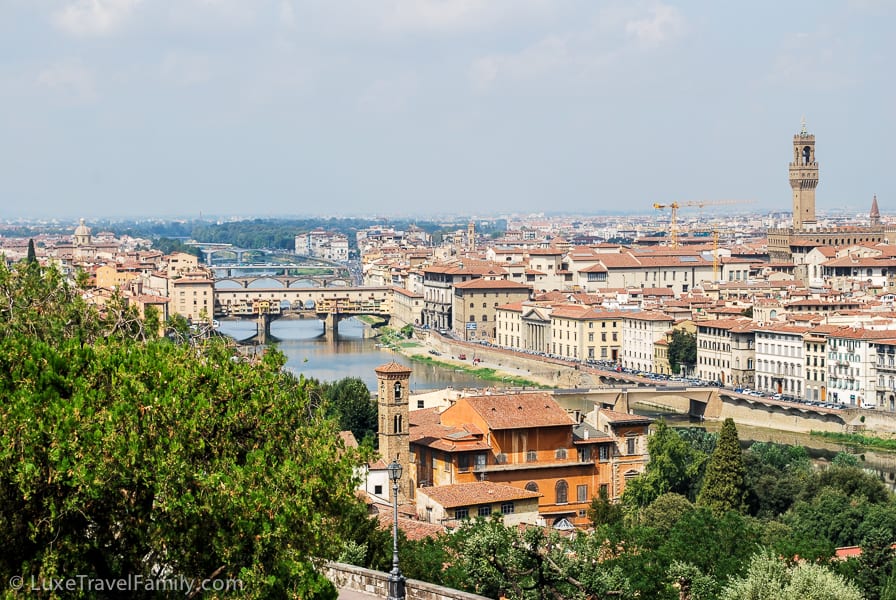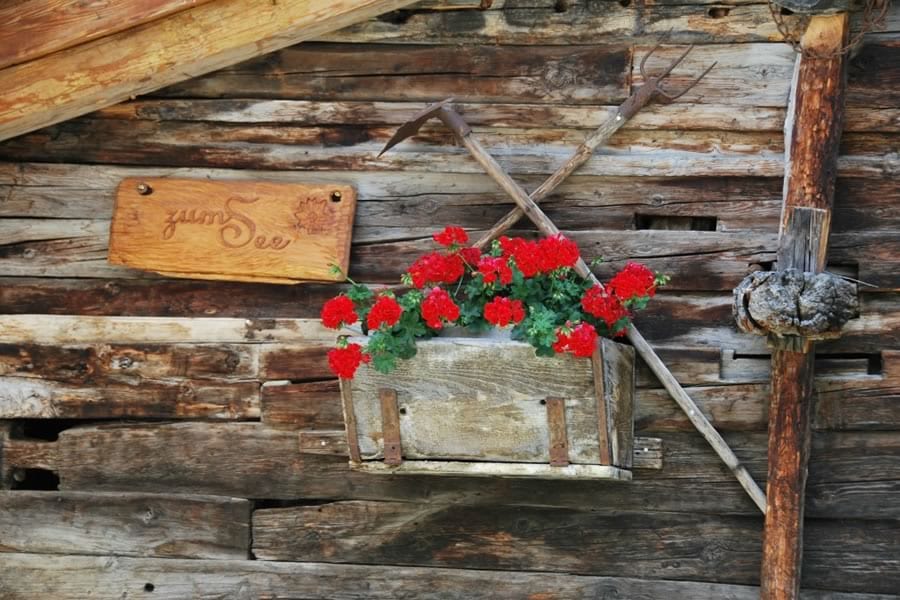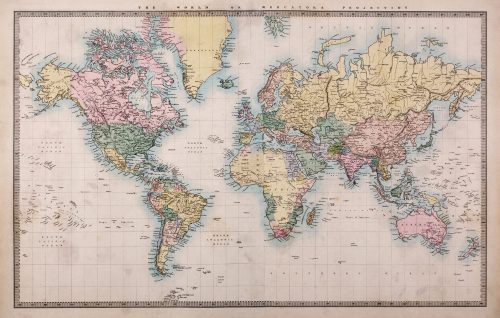I clung to the seat as the train rattled through the darkened tunnel, racks of dusty bottles flying by. Every once in a while, the train slowed. Was our driver was searching for the way through the 30km network of underground tunnels? Or pausing so we could absorb the gloomy view.
Hand painted black and white ceramic tiles and an occasional classic sculpture punctuated the endless rows of bottles.
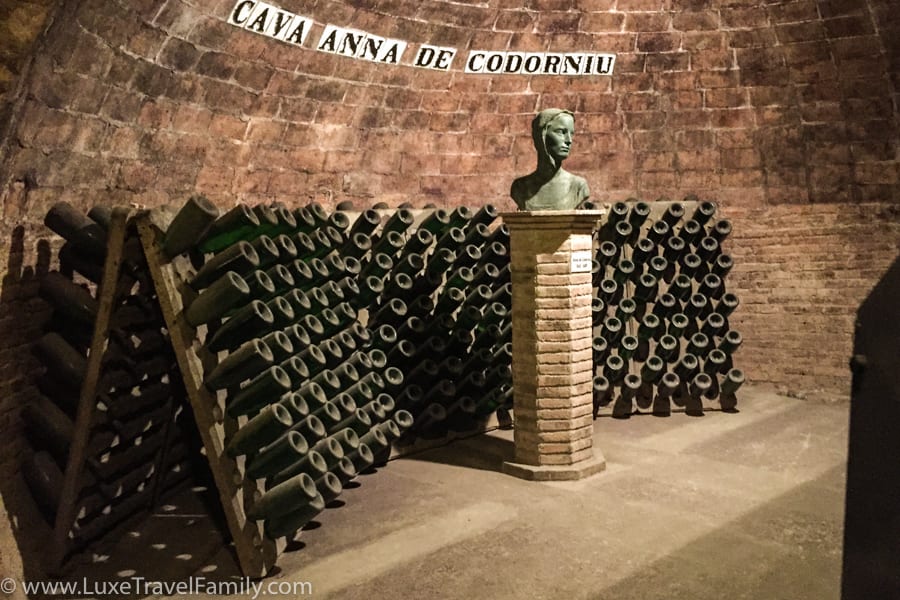 Traveling deeper into the multi-level labyrinth, I felt my stomach rumble, or perhaps it was just the rickety train. Thirst would never be an issue if we became lost in the largest underground cellar in the world at Codorníu, but hunger would be a problem.
Traveling deeper into the multi-level labyrinth, I felt my stomach rumble, or perhaps it was just the rickety train. Thirst would never be an issue if we became lost in the largest underground cellar in the world at Codorníu, but hunger would be a problem.
Codorníu, one of the largest Cava producers in the world, borrowed the Méthode Traditionnelle to produce the first Spanish sparkling wine or Cava. This method, used to produce French champagne, requires the last stage of fermentation in the bottle. Cava, meaning“cave” in Spanish, reflects the fact that the bottles age in underground caves or cellars.
The cellars are enormous and contain up to 100 million bottles. After resigning myself to the fact that our determined driver wanted to show us each one, we rounded a corner and arrived back where we started.
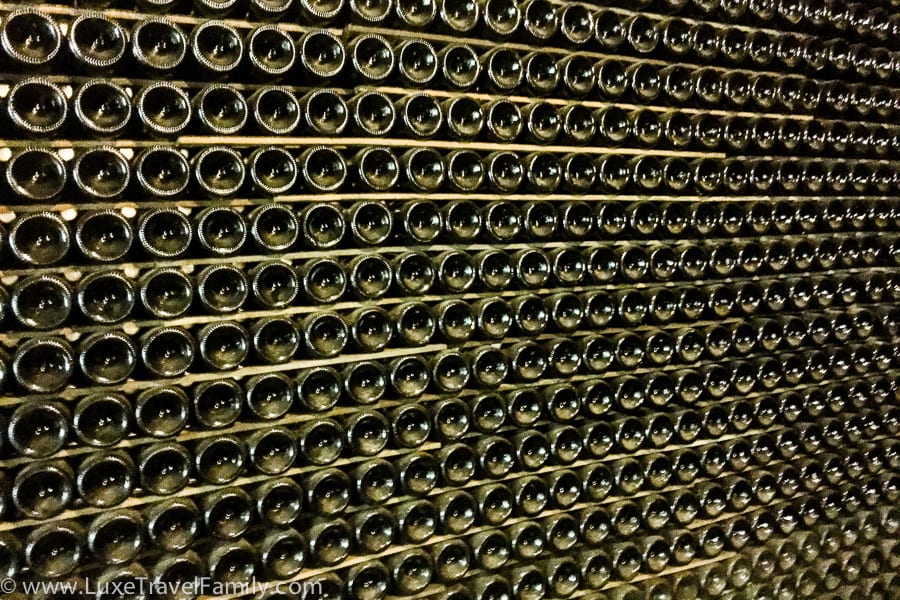
As I climbed the stone steps into the sunlight, the impressive above-ground facilities opened up around me, once again reinforcing my strong preference for bright open spaces.
The property includes spectacular modernist buildings designed by Josep Puig i Cadalfalch, who also designed many well-known modernist landmarks in Barcelona such as Casa Martí (Els Quatre Gats). At Codorníu, Josep designed Sala Puig, known as the Cathedral of Cava, and the Codorníu Manor House, surrounded by wonderfully manicured gardens.
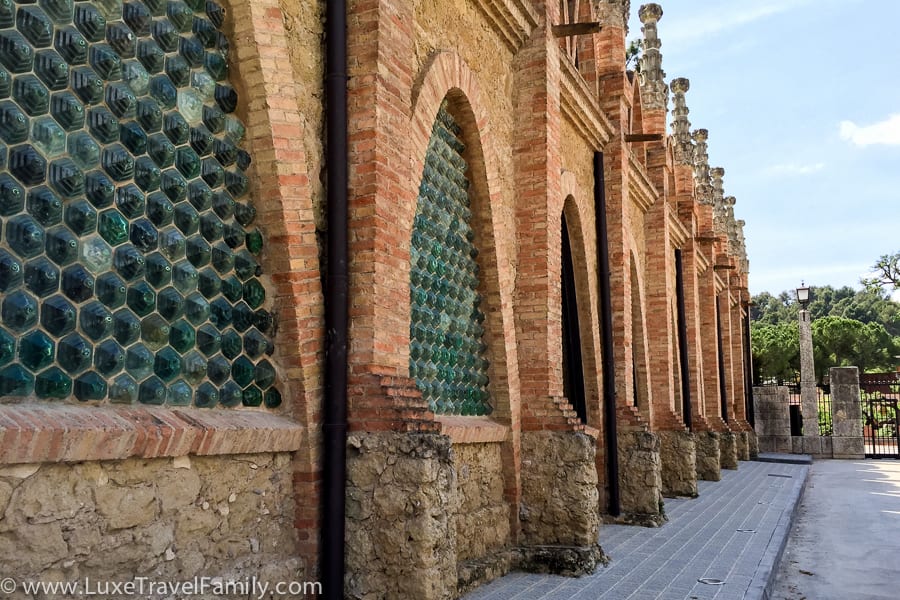
After all of the talk about Cava, the tour concluded with a taste, or two. The Gran Codorníu Reserva made from chardonnay grapes as well as the Gran Codorniu Vintage made from pinot noir were delicious.

I overheard our tour guide mention that “in Spain, you don’t need an excuse to open a bottle of Cava”. While this may be true, after surviving the subterranean terror train, I also felt like I’d earned it.
Travel Tips
- Book a tour at Codorníu online in either English, Spanish or Catalan
- A direct bus service is available from Barcelona. The 45-minute bus trip is bookable online via the Codorníu website.
I visited Codorníu as a guest of Barcelona Provincial Council. As always, the opinions expressed are my own.


